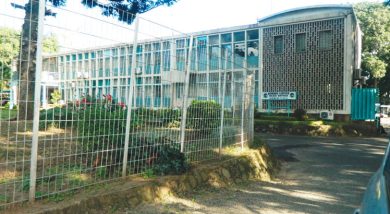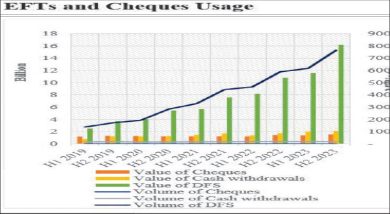TRFCA outlines work on boosting varieties

Tea Research Foundation Central Africa (TRFCA), a regional tea research hub for Malawi, Zambia and Zimbabwe based in Mulanje, is assessing drought tolerance potential of six cultivars (varieties) of tea.
TRFCA director Albert Changaya, in a progress report detailing research work at the centre, said preliminary results look promising in terms of drought tolerance, noting that the aim is to assess their potential under rain shelter conditions.
“Currently, materials are being evaluated and the results indicate that six potential cultivars look very promising in terms of drought tolerance,” he said.
Changaya said about 40 percent of the activity for cultivars have been accomplished, but more assessments will be done on physiological and biochemical characteristics associated with drought tolerance.
“These materials will also be screened using molecular markers associated with drought tolerance,” he said.
Malawi is the second biggest producer of tea in Africa after Kenya. This season, tea output is expected to drop by about 5.1 percent to 44 million kilogrammes (kg) from 46.4 million the year before, signalling that production for the crop is on the downward trend, largely due to effects of climate change.
Figures sourced from Tea Brokers East Africa Limited show that on a five-year period, output for tea has gone down by 14 percent from 51.5 million kg in 2010. Malawi’s record tea output was in 2009 when the country produced 52.5 million kg.
The drop in output could result in reduced earnings for tea, the second largest foreign exchange earner after tobacco, because the crop is one of the country’s top three foreign exchange earners.
In 2013, tea raked in K16 billion in foreign exchange earnings, up from the previous year’s K10.7 billion, with the average price hovering at around $1.30 (K624, at the current exchange rate) per kg.
Meanwhile, TRFCA has started developing genetic fingerprints for some of its cultivars and the work involves identification and use of genetic markers in breeding and selection.
He said this is being done to safeguard against unauthorised acquisition of the cultivars.
“Work on fingerprinting is being done by University of Nottingham in UK, using SSR markers. It is expected to be completed soon after preliminary results for some of the SSR markers have been confirmed,” he said.
Changaya said the use genetic markers in the TRFCA breeding programme will start with screening materials, using Rapd markers that associate with drought and quality.
He said arrangements have been made to visit the Department of Biological Sciences at the University of Malawi’s Chancellor College to establish areas of collaboration in genetic markers.
Changaya said the centre is also conducting a trial to determine the effect of three plucking methods, hand, shear and machine, on made tea volumetric of three varieties PC 168, SFS 204 and China seedling.
“The results are showing that different cultivars respond differently to plucking methods in terms of volumetric. PC 168 showed similar volumetric regardless of plucking method.
“Volumetric in SFS 204 and China tea were affected by plucking methods, high volumetric was obtained under shear plucking than under hand and machine plucking,” he explained.
Changaya said it was observed that fibre content has a significant contribution to average volumetric of made tea, which means that the higher fibre content the higher volumetric.
He said the implication is that growers should expect lighter teas when they change from hand plucking to shear plucking in China seedling and SFS 204 and should expect no significant change in volumetric when a similar change is made in PC 168.





